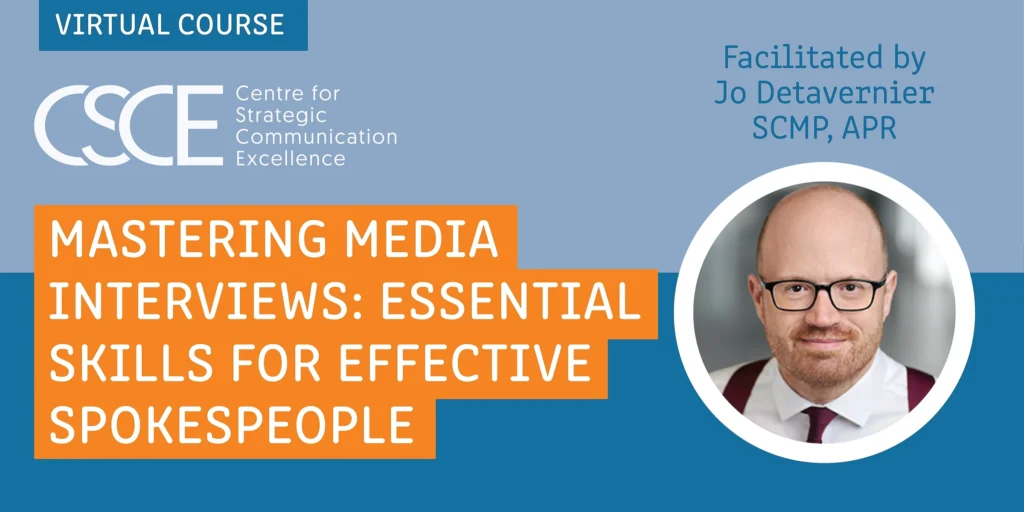At some point, every company has faced or will face a crisis. This assertion is true and verified over and over again. What has changed today is:
1) Who? It is impossible (even irresponsible) to think that the crisis will remain a local phenomenon at the company level. Other stakeholders will be aware of what happened (and may be impacted).
2) When? A crisis can happen at every stage of business development. There is no need to launch a product to have a crisis if consumers are not happy. Requests of transparency and the omnipresence of social media have exposed businesses, for better or for worse.
3) How? With a high degree of hostility for the company in some situations (the possibility of remaining anonymous or using avatars on social media has the consequence of tapping the voices of haters!) and a need for addressing the issue in a very short period of time.
For a company, for CEOs and business leaders there are a number of priorities which need to be balanced. Managing stock is a priority because they are aware of the impact on availability of products and sales; managing people and talents is a priority. Managing non-tangible assets should also be a priority: reputation and confidence (from stakeholders) are in reality the most valuable asset of a company.
From risk prevention to crisis management
In some situations, risk prevention meets crisis communication management. It does not mean the work that has been done to prevent a crisis is useless. Firstly, the processes that have been implemented during the risk prevention phase can be used during a crisis: indicators to measure the level of crisis, decision channels to activate, roles to define for everyone, solutions to implement and reporting to do.
And then, even if the crisis is not exactly similar to a previous crisis, even if a crisis is still more complex and stressful than a simulation, you’ll always find some commonalities. Like anything else, it is a matter of economies of scale and time saving thanks to anticipation work and previous exercises.
Lastly, risk prevention may improve quality, efficiency and speed of response during a crisis. But it can also reveal other issues related to the company and workplace: people unable to work together, someone’s expertise you were not aware of…
Am I in a crisis situation?
There are several key stages during a crisis: there are the « weak signals » – it is here you should anticipate doing the maximum risk prevention. Here you are not yet in a crisis situation but some indicators should encourage you to act and prepare your team for the worst-case scenario.
The « trigger » – considered the beginning of your crisis, will turn your daily routine into a more proactive time to communicate. This event is not the climax of the crisis but the starting point of the crisis situation. It leads you to implement some actions such as: organise the gathering of the crisis team (the « war room »), reprioritise the priorities of the day…After that, you are able to assert that the crisis has begun. Business goes on…but not as usual!
Deal with the crisis and the different stakeholders
Doing communication always means dealing with different kinds of stakeholders: business with clients, PR with media, lobby and public affairs with politics, change management with employees…
During a crisis, the difficulty is that every stakeholder will make you deviate from the classic day-to-day relationship you have built because they will all worry about the crisis and the consequences it could have.
The media won’t relay your business information but will focus on corporate reputation; politics will be less inclined to support you because they do not want to be associated with bad affairs, employees will worry about the future of the company…
Interacting with different stakeholders also means developing your key messages (statements, talking points, press releases, online messages for websites and social media), support communication and engaging in dialogue with all the stakeholders of the crisis: internal, clients/users, NGOs, residents, partners, policymakers and politicians, media, etc.
Communicate after the crisis for your reputation’s sake
The crisis does not stop when the crisis is over…there is no contradiction inside this sentence. Just a reminder that you need to proactively communicate even when the crisis is less sensitive and you have once again discovered your daily routine. Why communicate after a crisis? Because the reputation of your company has been attacked. Reputation can be destroyed in a few minutes and it will take time to re-build trust and confidence. Even if the crisis seems be over, your competitors can act deliberately to prevent you from rebuilding your reputation: using clever advertising, creating humourous social media campaigns at your expense…Your company’s strength and resilience is determined by its ability to re-build its reputation (what does not kill me makes me stronger).
But is crisis an endless process?
Unfortunately threats and risks have always existed for people, organisations and companies and they will always exist. What has changed is the interdependence and speed that amplifies the effects and consequences of a crisis.
Crisis is not a permanent process but can be considered an endless process. And like every endless process in a company (fluctuation of sales, recruitments and resignations…), it should be taken into consideration in the company’s business plan, mid to long-term forecast and objectives.
It is difficult to avoid a crisis from happening, but there are ways of monitoring it. The main thing is to be aware of it and consider risk prevention and post-crisis communication as important as the crisis itself. As Italian philosopher, diplomat and writer of the Renaissance period, Niccolò Machiavelli declared, “Never was anything great achieved without danger”. This is also true when it comes to crisis communication.





